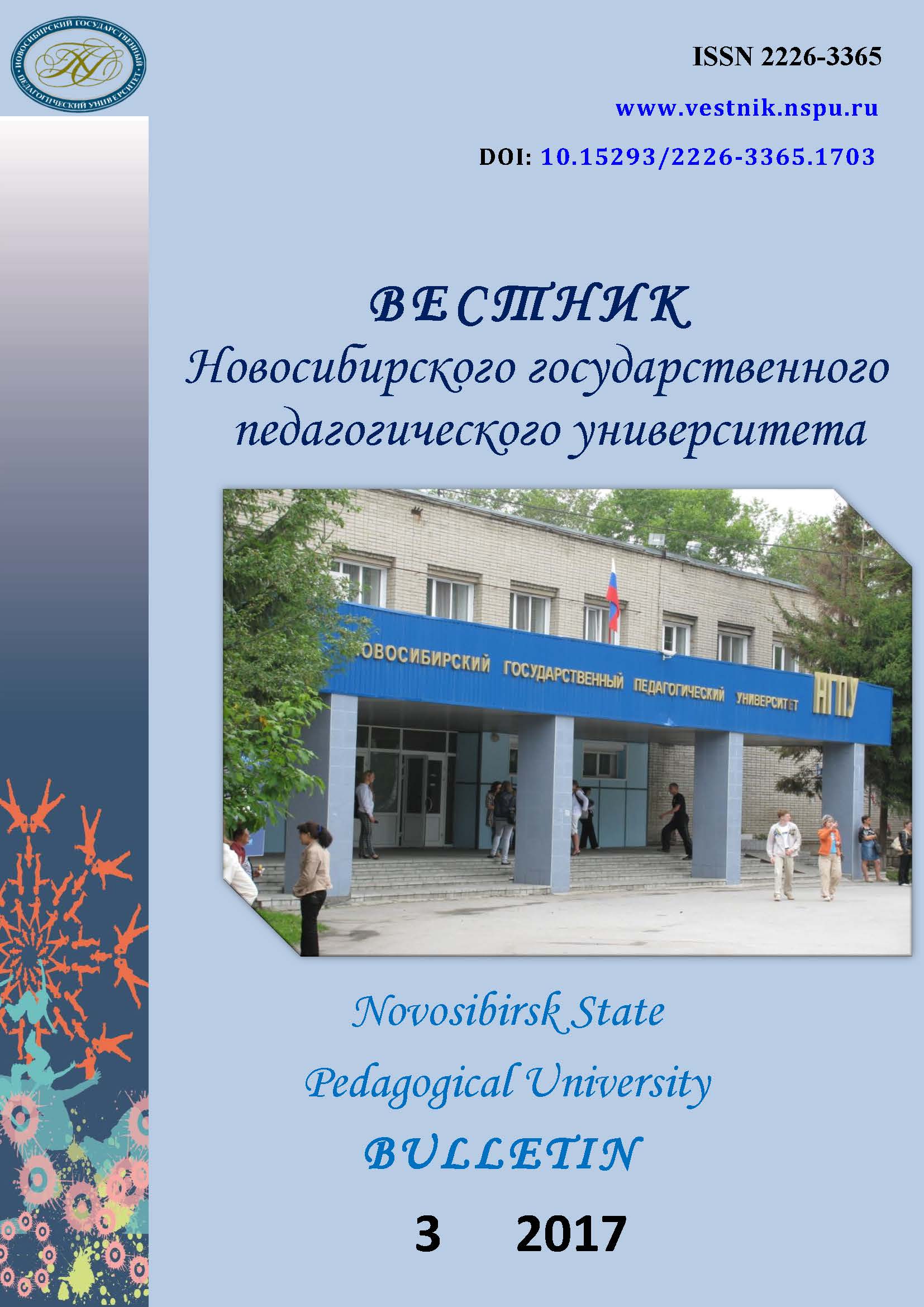Экологическое состояние оз. Кенон – водоема-охладителя ТЭЦ-1 (Забайкальский край)
Ecological state of Lake Kenon as a cooling pond of the Thermal Power Plant-1 (TPP-1) (Zabaykalsky Krai)
Author(s): Gazhit Tsybekmitovna Tsybekmitova, Aleksei Petrovich Kuklin, Natalya Aleksandrovna Tashlykova, Ekaterina Yurievna Afonina, Balzhit Batoevna Bazarova, Mydygma Tsybekmitovna Itigilova, Eugenia Pavlovna Gorlacheva, Petr Viktorovich Matafonov, Alexey Vladimirovich AfoninSubject(s): Physical Geopgraphy, Regional Geography, Environmental Geography
Published by: Новосибирский государственный педагогический университет
Keywords: Hydrochemistry; Hydrobiology; Algae; Invertebrates; Higher aquatic vegetation; Heavy metals; Biological accumulation
Summary/Abstract: Introduction. The article examines the effects of one of the contemporary global problems – the pollution of aquatic ecosystems by toxic substances with the main focus on the cooling pond called Lake Kenon. The purpose of this work is to study migration patterns and distribu-tion of medium and highly toxic elements (Hg, As, Pb, Zn, Cr, Cu, Cd, Mn) in the components of the Lake Kenon ecosystem. Materials and Methods. Collection and qualitative and quantitative treatment of samples of various groups of hydrobionts were carried out by standard methods. Elemental composi-tions of water samplings, bottom sediments and hydrobionts samplings were identified using atomic emission iCAP-6500 Thermo Scientific (USA) and mass-spectrum X-7, Thermo Elemental (USA) analysis methods in Analytical Certification Test Center (The Institute of Microelectronics Technology and Highpurity Materials of the Russian Academy of Sciences). The authors stud-ied the concentration of medium- and high-toxic elements, such as Hg, As, Pb, Zn, Cr, Cu, Cd, Mn.Results. The results indicate that the concentration of heavy metals in the water of the lake, with the exception of mercury, is low. The average concentrations of arsenic and cadmium in sediments are 1.4 times and 2.5 times higher than the background values respectively. It is found that mercury concentrates in the food chain from the lower to the higher trophic levels, lead accumulates mainly in the plankton community in terms of trophic factors amplification of heavy metals in food chains. It is identified that such elements as As, Cr, Cu, Cd are lingered on at the level of producers (phytoplankton, algae Characeae, higher aquatic vegetation) during migration. Conclusions. The conclusion of the paper substantiates the possibility of heavy metals accumulation in aquatic ecosystems which are used in the operation of the CHP, as well as the prospects for using hydrobionts as contamination bioindicators of heavy metals. Understanding the processes occurring in aquatic ecosystems, including the migration of heavy metals, at the stage of work planning can contribute to reducing environmental risks.
Journal: Вестник Новосибирского государственного педагогического университета
- Issue Year: 7/2017
- Issue No: 3
- Page Range: 194-209
- Page Count: 16
- Language: Russian

